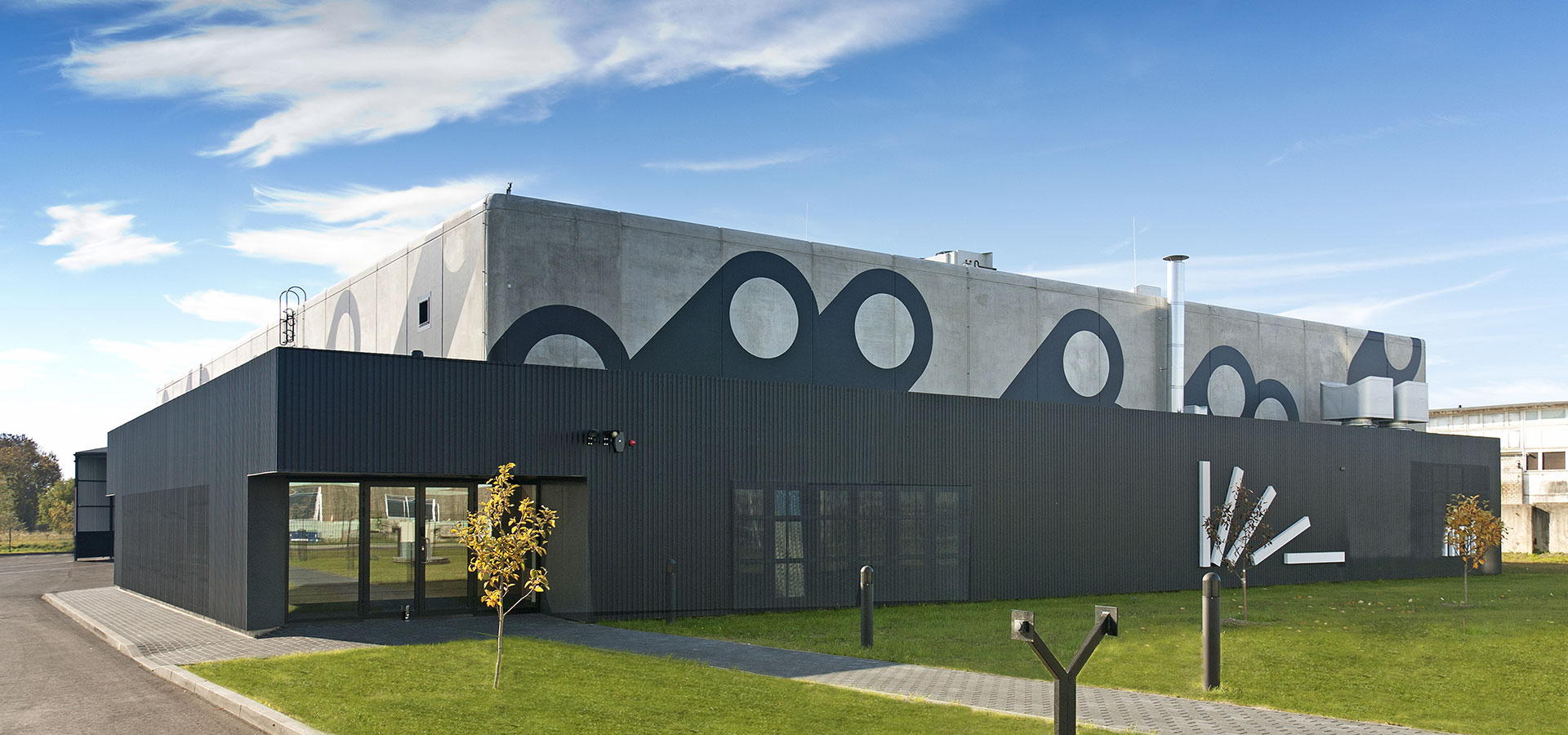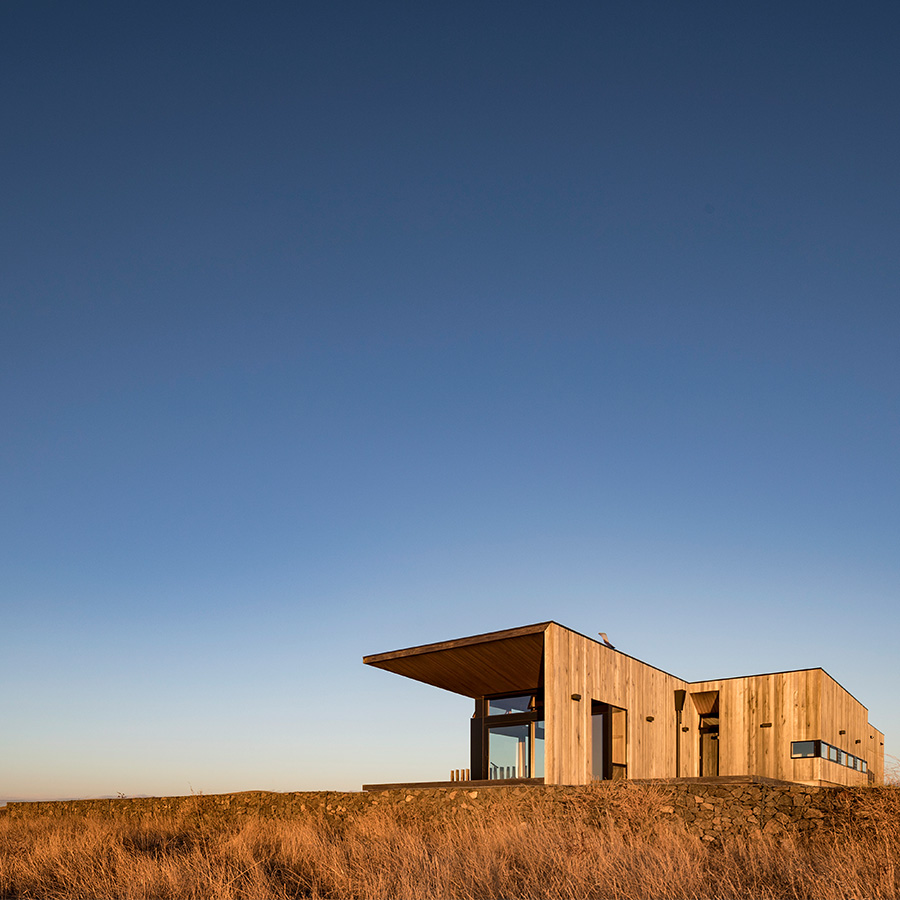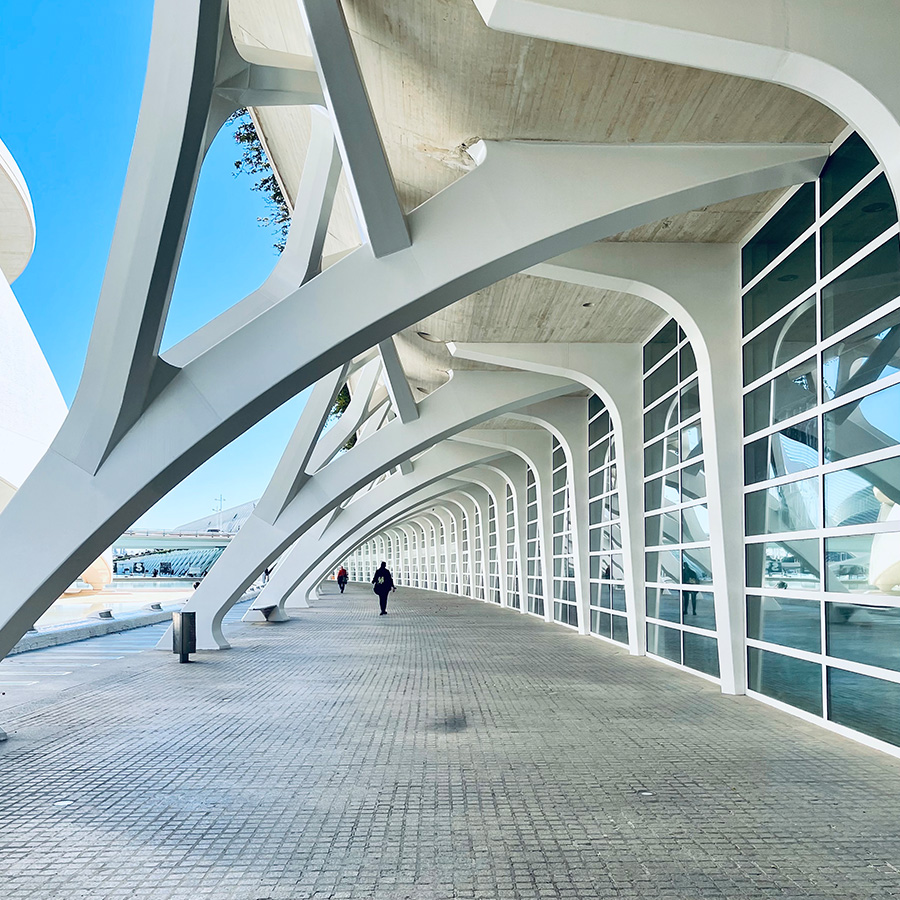

“Spatial pattern matters. It is no longer appropriate to plan based on totals or averaged of prices, jobs, wages, parklands, bicycle paths, logging areas, water floors, and so forth. The arrangement of land uses and habitats is crucial to planning, conservation, design, management, and policy.”1 Context is usually more important than content.
The attributes within a location are its usual descriptors. Yet the characteristics of the surrounding adjacent land-uses, of the upstream-upwind-upslope area and the downstream-downwind-downslope areas, are usually more important descriptors of location. Sites are linked in a mosaic, where a change here affects many sites there. The landscape ecology principle used in landscape architecture and land-use planning is here to stay.


Some people see land as a source of wealth, an investment to be bought and then sold, a subject of regulations and laws, an object subjected to tax policies, or just a piece of real estate. Others view land as a living system, a habitat containing living organisms, a site of history, culture, aesthetics, and inspiration. Which perspective most motivates the reader? Which perspective is a basis for optimism about the future of society and nature?
“The practice of architecture occurs on a continuum between form-making and placemaking. The former is driven by the desire to create novelty or great art or to accommodate the styles and fashion of the period and has been, by far, the dominant trend in the making of buildings and landscapes. But the placemaking, which implies the careful attention to the effects of building on the ecological health of a site and site occupant’s health, and has an ancient pedigree that dates back, at least to Vitruvius in the first century BCE. Ideally, buildings and landscapes would blend both but these are often warring concepts.”2
How might design professionals lead the revolution finding the balance between architecture and land-use planning? Design education will have to be changed a great deal. The first rule of making once place is that it should not disturb, interrupt, or interfere with some other place.
The changes design professionals will make towards placemaking that began a sea change in the human presence on Earth. Collectively, this will represent a force rather like what we see in the Enlightenment of the eighteenth century; but it will be a global change and much more pervasive. It will alter how we provision ourselves with shelter, food, energy, materials, and water. The design revolution they will see and perhaps take for granted will grow from disciplines that we call biomimicry, industrial ecology, natural systems agriculture, and ecological engineering. Will it be nirvana? No, but it will be a world considerably more decent and durable than what lay in prospect in the early years of the twenty-first century.

Smooth design and construction process from sketch to execution for homeowners, general contractors, and developers.